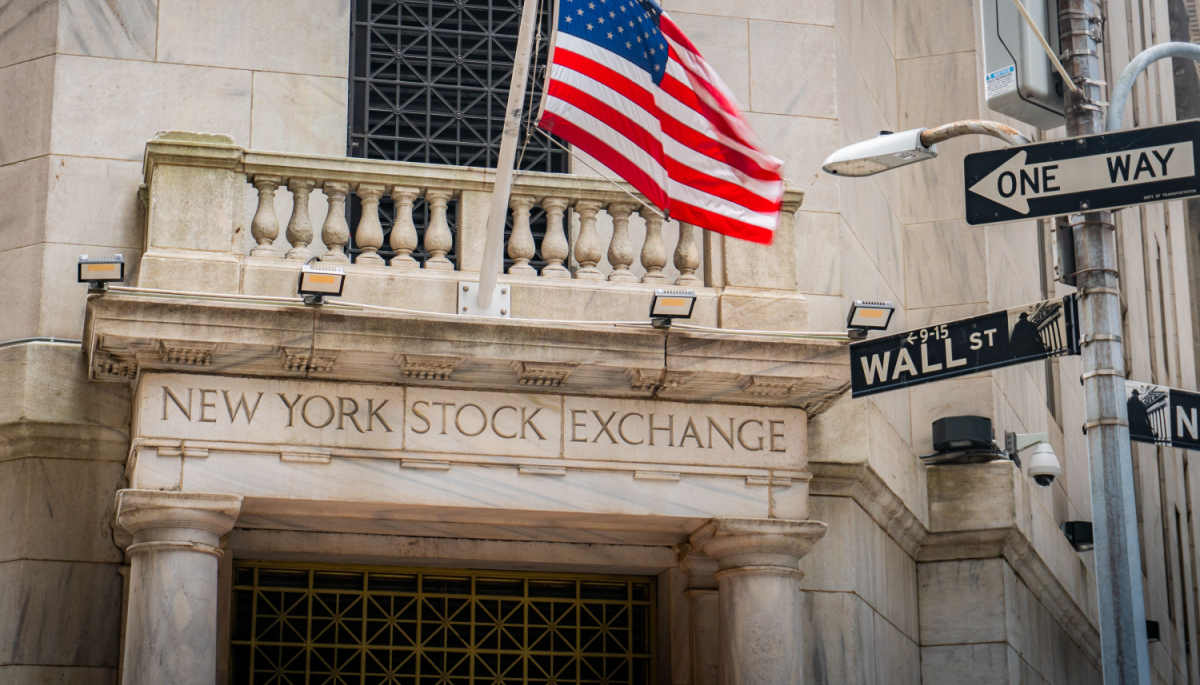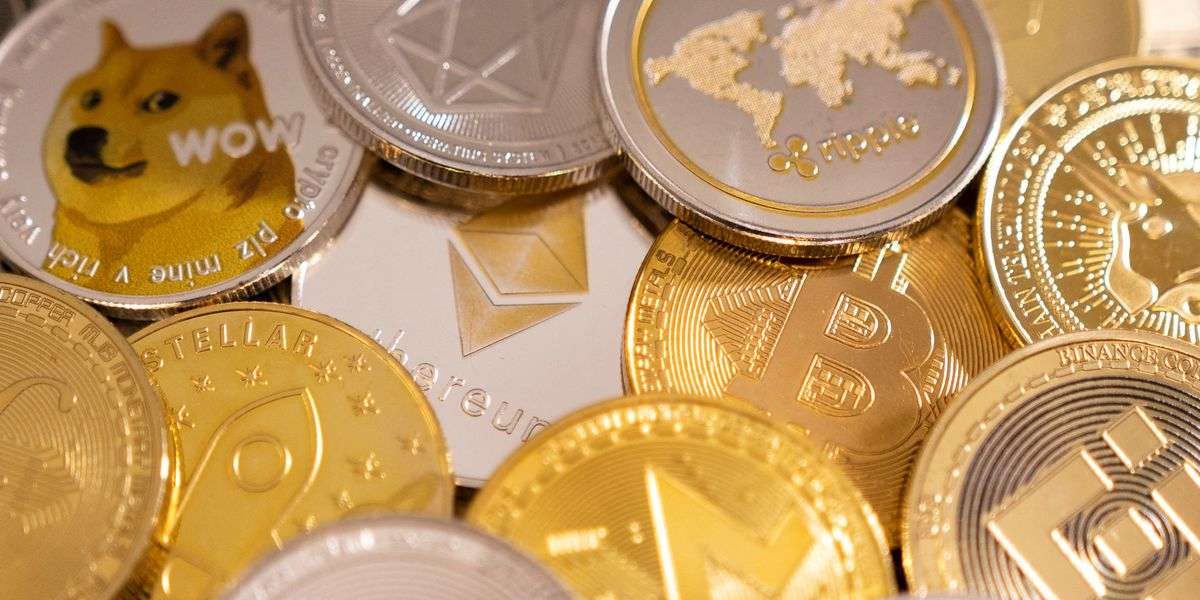As the landscape of finance continues to evolve, a notable shift is occurring in how stablecoins are integrating into traditional financial systems. This transformation not only signals the importance of stablecoins like USDC but also reflects broader trends in regulatory shifts and the responses of major financial entities.
Adoption of Stablecoins by Major Financial Institutions
In an announcement that highlights the growing relevance of stablecoins, the Intercontinental Exchange (ICE), which operates the New York Stock Exchange (NYSE), has formed a partnership with Circle, the issuer of the USDC stablecoin. This collaboration exemplifies how established financial institutions are starting to embrace digital currencies that maintain a stable value relative to traditional currency.
Shifts in Regulation and Banking Policies
A significant factor in this evolving relationship is the changing regulatory environment in the United States. Recent actions by the Securities and Exchange Commission (SEC), such as dropping a lawsuit against Uniswap, are seen as favorable developments for decentralized finance (DeFi) platforms. Regulatory headwinds have begun clearing, allowing banks to hold stablecoins and even act as validators for public blockchains as outlined by Federal Reserve Chair Jerome Powell.
This regulatory easing is pivotal as it empowers banks to not only store stablecoins but also take an active role in the burgeoning blockchain ecosystem. With over 240 billion dollars in circulation globally, these digital assets are becoming central to discussions among banks regarding their future services and product offerings.
The Role of Stablecoins in Financial Innovation
Stablecoins serve a dual purpose within the financial realm. They not only connect the worlds of cryptocurrency and traditional finance but also act as catalysts for innovative business models. The increasing capital flow into on-chain protocols reflects the potential for new financial instruments and services.
Research shows that more than two-thirds of traditional financial institutions are now exploring ways to incorporate stablecoins into their offerings. This shift is happening quietly, as many banks remain cautious about openly associating with the perception of risk that can accompany cryptocurrencies. Yet, the move toward adopting stablecoins reveals an underlying desire to innovate and stay competitive in a rapidly changing market.
The Future is Bright for Stablecoins
As stablecoins break out of the cryptocurrency bubble, they are becoming indispensable tools for a variety of transactions, from cross-border payments to serving as a savings option for institutional investors. With the emphasis on liquidity and the development of new applications, the financial sector is set to undergo transformative changes. As regulatory frameworks evolve, an in-depth us government bitcoin reserves analysis will be critical in understanding how these assets fit into traditional financial systems. This analysis may shed light on the potential for stablecoins to bolster the reserves of central banks, paving the way for a more integrated digital economy. Consequently, the rise of stablecoins could redefine monetary policy and financial stability in unprecedented ways. Moreover, the adoption of stablecoins could offer innovative solutions to combat local inflation, with the usdi stablecoin for local inflation emerging as a potential safeguard for consumers. By pegging value to stable assets, these currencies may provide a buffer against economic volatility, giving individuals and businesses a reliable medium of exchange. As confidence in digital currencies grows, their role in stabilizing economies and promoting financial inclusion will likely expand.
For investors and crypto enthusiasts, the increasing adoption of stablecoins could signal emerging opportunities as the market adapts. Understanding how to navigate these changes could enhance investment strategies, as more innovative financial solutions become available. The landscape looks promising as stablecoins continue to define the future of finance. As traditional financial institutions begin to recognize the potential of these digital assets, we may witness a transformative shift in the way transactions are conducted. The rise of stablecoins in finance not only offers a bridge between fiat and cryptocurrencies but also enhances liquidity and reduces volatility for investors. By staying informed and adapting to these trends, investors can position themselves to capitalize on the myriad of possibilities that lie ahead in this evolving financial ecosystem. Additionally, the integration of stablecoins into various financial platforms is likely to attract more local investors and bitcoin resilience, fostering a sense of confidence in the market. As these digital currencies provide a safer harbor during times of volatility, they can empower local investors to explore broader investment portfolios without the fear of drastic price fluctuations. By embracing stablecoins, investors can not only protect their assets but also engage in new and innovative financial products that leverage the inherent advantages of both traditional finance and the blockchain revolution.



